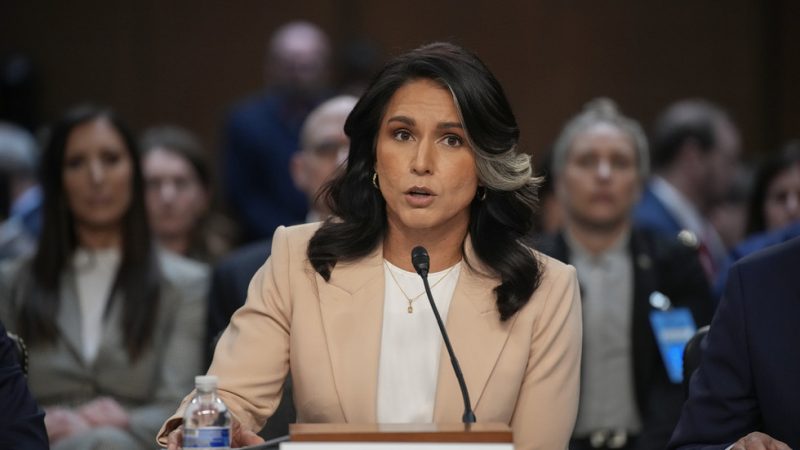
Reports are swirling that President Trump is taking an unconventional approach to the escalating tensions between Iran and Israel, reportedly sidelining key figures within the Pentagon and national intelligence community. Instead, it’s being whispered that he’s relying on a smaller, less publicized circle of advisors as he weighs the potential for military intervention in the Middle East. This move raises significant questions about the decision-making process and the potential risks involved.
The usual channels of communication and strategic planning, involving seasoned experts within the Department of Defense and intelligence agencies, seem to have been bypassed. This departure from established protocol has sparked concern among analysts and observers who worry about the lack of comprehensive input and the potential for critical information to be overlooked. The implications are far-reaching, potentially impacting the accuracy of threat assessments and the effectiveness of any subsequent response.
While the White House has remained tight-lipped about the specifics, several news outlets have cited unnamed sources suggesting that this inner circle is composed of individuals with closer ties to the President and potentially less experience in handling foreign policy complexities of this magnitude. This raises concerns about the potential for biases or incomplete assessments to influence crucial decisions with potentially catastrophic consequences.
The decision to circumvent traditional advisory channels is unprecedented and warrants close scrutiny. It raises questions about the President’s overall strategy, the level of risk he’s willing to accept, and the potential impact on U.S. national security. The lack of transparency surrounding this decision only amplifies these concerns. As the situation in the Middle East continues to escalate, the world watches with bated breath, wondering what the implications of this unconventional approach will be.










